Are you tired of your old, leaky kitchen sink faucet? Or maybe you just want to upgrade to a more modern and functional faucet? Whatever your reason may be, replacing a kitchen sink faucet is a relatively simple and cost-effective project that can enhance the overall look and functionality of your kitchen. In this guide, we will take you through the steps of replacing a kitchen sink faucet and provide tips and tricks along the way.How to Replace a Kitchen Sink Faucet
Before you begin, make sure to turn off the water supply to your kitchen sink. This can usually be done by turning off the valves located under the sink. Once the water is turned off, follow these 6 steps to replace your kitchen sink faucet: Step 1: Remove the old faucet by unscrewing the nuts and bolts that hold it in place. You may need to use a wrench or pliers to loosen and remove them. Step 2: Clean the area where the old faucet was installed to ensure a smooth and secure fit for the new faucet. Step 3: Install the new faucet by following the manufacturer's instructions. This may include attaching any necessary parts or using plumber's putty to seal the faucet to the sink. Step 4: Connect the supply lines to the new faucet and make sure they are tightly secured. Step 5: Turn the water supply back on and test the new faucet for any leaks. If there are any leaks, tighten the connections or add more plumber's tape to create a better seal. Step 6: Once everything is secure and there are no leaks, clean up any excess putty or debris and enjoy your new kitchen sink faucet!Replacing a Kitchen Sink Faucet: 6 Steps
If you're a handy person and enjoy taking on DIY projects, replacing a kitchen sink faucet is a task you can easily tackle. Not only will you save money on hiring a professional, but you'll also have the satisfaction of completing the project yourself. Just make sure to follow the steps mentioned above and read the manufacturer's instructions carefully.DIY: How to Replace a Kitchen Faucet
Replacing a kitchen sink faucet can be a straightforward process, but here are some tips and tricks to make it even easier: Tip 1: Before purchasing a new faucet, make sure to measure the distance between the holes in your sink to ensure the new faucet will fit properly. Tip 2: Take a picture of the old faucet before removing it so you can refer back to it if needed during the installation process. Tip 3: Use plumber's tape on the threaded connections to create a better seal and prevent leaks. Tip 4: If you encounter any difficulties during the installation process, don't hesitate to call a professional for assistance.Replacing a Kitchen Faucet: Tips and Tricks
If you prefer a more detailed guide to replacing a kitchen sink faucet, here is a step-by-step breakdown of the process: Step 1: Gather all necessary tools and materials, including a new faucet, plumber's tape, wrenches, and pliers. Step 2: Turn off the water supply to the kitchen sink. Step 3: Remove the old faucet by unscrewing the nuts and bolts that hold it in place. Step 4: Clean the area where the old faucet was installed. Step 5: Install the new faucet according to the manufacturer's instructions. Step 6: Connect the supply lines to the new faucet and tighten the connections. Step 7: Turn the water supply back on and test for any leaks. Step 8: Clean up any debris and enjoy your new kitchen sink faucet!Step-by-Step Guide to Replacing a Kitchen Sink Faucet
Before beginning the process of replacing a kitchen sink faucet, there are a few things you need to know: Fact 1: It's important to choose a faucet that fits your sink and matches your kitchen's style. Fact 2: Some faucets may require additional tools or parts for installation, so make sure to read the manufacturer's instructions carefully. Fact 3: If you have a garbage disposal, make sure to turn off the power before beginning the installation process.Replacing a Kitchen Sink Faucet: What You Need to Know
As mentioned earlier, replacing a kitchen sink faucet is a project that can be done by yourself. However, it's important to assess your own skills and comfort level with DIY projects before taking on this task. If you have any doubts, it's always best to consult a professional for assistance.Can You Replace a Kitchen Sink Faucet Yourself?
While replacing a kitchen sink faucet is a relatively simple task, there are some common mistakes that can occur during the process. Avoid these mistakes to ensure a smooth and successful installation: Mistake 1: Not turning off the water supply before beginning the installation process. Mistake 2: Not following the manufacturer's instructions carefully. Mistake 3: Forgetting to clean the area where the old faucet was installed. Mistake 4: Not properly securing the supply lines, resulting in leaks.Replacing a Kitchen Sink Faucet: Common Mistakes to Avoid
With so many different types and styles of kitchen sink faucets available, it can be overwhelming to choose the right one for your home. Here are some factors to consider when selecting a new faucet: Factor 1: The number of holes in your sink and the type of faucet that will fit those holes. Factor 2: The design and finish of the faucet to match your kitchen's style. Factor 3: The type of handle (single or double) and any additional features (pull-down sprayer, touchless technology, etc.) you may want.How to Choose the Right Kitchen Sink Faucet for Your Home
Here is a list of the tools and materials you will need to replace a kitchen sink faucet: Tools: Wrenches, pliers, screwdriver, and plumber's tape. Materials: New faucet, plumber's putty, and any additional parts or tools required by the manufacturer. Now that you know the steps and tips for replacing a kitchen sink faucet, you can confidently take on this project and transform the look and functionality of your kitchen. Remember to follow all safety precautions and consult a professional if needed. With a little effort and patience, you'll have a new faucet installed and ready to use in no time!Replacing a Kitchen Sink Faucet: Tools and Materials You'll Need
Why You Should Consider Replacing Your Kitchen Sink Faucet for a Fresh Look
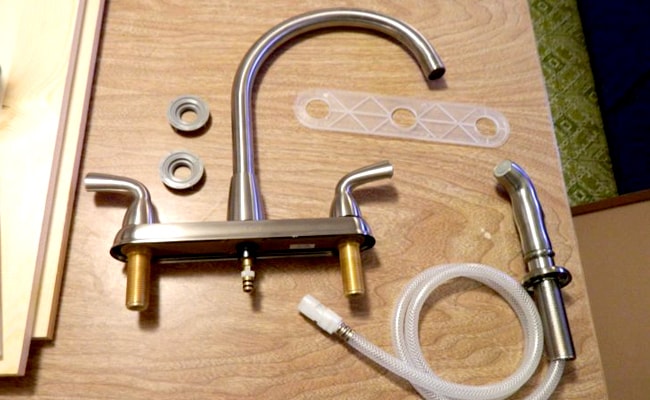
The Importance of a Functional and Aesthetic Kitchen Sink Faucet
 When it comes to kitchen design, every detail matters. From the color of the cabinets to the type of flooring, each element plays a crucial role in creating a functional and visually appealing space. However, one aspect that is often overlooked is the kitchen sink faucet.
As the most used fixture in the kitchen, the sink faucet not only serves a practical purpose but also adds to the overall aesthetic of the room.
If you're looking to give your kitchen a makeover, replacing your old and worn-out faucet is a great place to start.
When it comes to kitchen design, every detail matters. From the color of the cabinets to the type of flooring, each element plays a crucial role in creating a functional and visually appealing space. However, one aspect that is often overlooked is the kitchen sink faucet.
As the most used fixture in the kitchen, the sink faucet not only serves a practical purpose but also adds to the overall aesthetic of the room.
If you're looking to give your kitchen a makeover, replacing your old and worn-out faucet is a great place to start.
Signs that You Need to Replace Your Kitchen Sink Faucet
 Over time, your kitchen sink faucet can become worn out and outdated, affecting its functionality and appearance.
Here are some signs that it's time to consider replacing your faucet:
Over time, your kitchen sink faucet can become worn out and outdated, affecting its functionality and appearance.
Here are some signs that it's time to consider replacing your faucet:
- Leaky faucet: If you constantly have to deal with a dripping faucet, it's a sign that the internal parts are worn out and need to be replaced.
- Rust and corrosion: If you notice rust or corrosion on your faucet, it's a clear indication that it's time for a replacement. Not only is it unsightly, but it can also affect the quality of your water.
- Difficult to use: If your faucet is difficult to turn on or off, it could be due to internal damage or mineral buildup, making it less efficient and more of a hassle to use.
- Outdated design: If your faucet is an eyesore and doesn't match the rest of your kitchen's design, it's time for an upgrade. Replacing your faucet with a modern and stylish one can instantly elevate the look of your kitchen.
The Benefits of Replacing Your Kitchen Sink Faucet
 Not only does replacing your kitchen sink faucet improve the overall look of your kitchen, but it also comes with several practical benefits.
Here are some advantages of upgrading to a new faucet:
Not only does replacing your kitchen sink faucet improve the overall look of your kitchen, but it also comes with several practical benefits.
Here are some advantages of upgrading to a new faucet:
- Improved functionality: A new faucet can offer features that your old one may not have, such as a pull-down sprayer or touchless technology, making your daily tasks in the kitchen easier and more efficient.
- Water conservation: Modern faucets are designed to be more water-efficient, helping you save on your water bill and reduce your environmental impact.
- Increased resale value: Upgrading your kitchen sink faucet is a cost-effective way to increase the value of your home. A beautiful and functional faucet can make a great impression on potential buyers.
Final Thoughts
 Replacing your kitchen sink faucet is a simple and effective way to give your kitchen a fresh and updated look.
With the variety of styles and features available, you can easily find a faucet that not only matches your design aesthetic but also enhances the functionality of your kitchen. So if you're ready to elevate your kitchen design, consider replacing your old faucet with a new one.
Replacing your kitchen sink faucet is a simple and effective way to give your kitchen a fresh and updated look.
With the variety of styles and features available, you can easily find a faucet that not only matches your design aesthetic but also enhances the functionality of your kitchen. So if you're ready to elevate your kitchen design, consider replacing your old faucet with a new one.
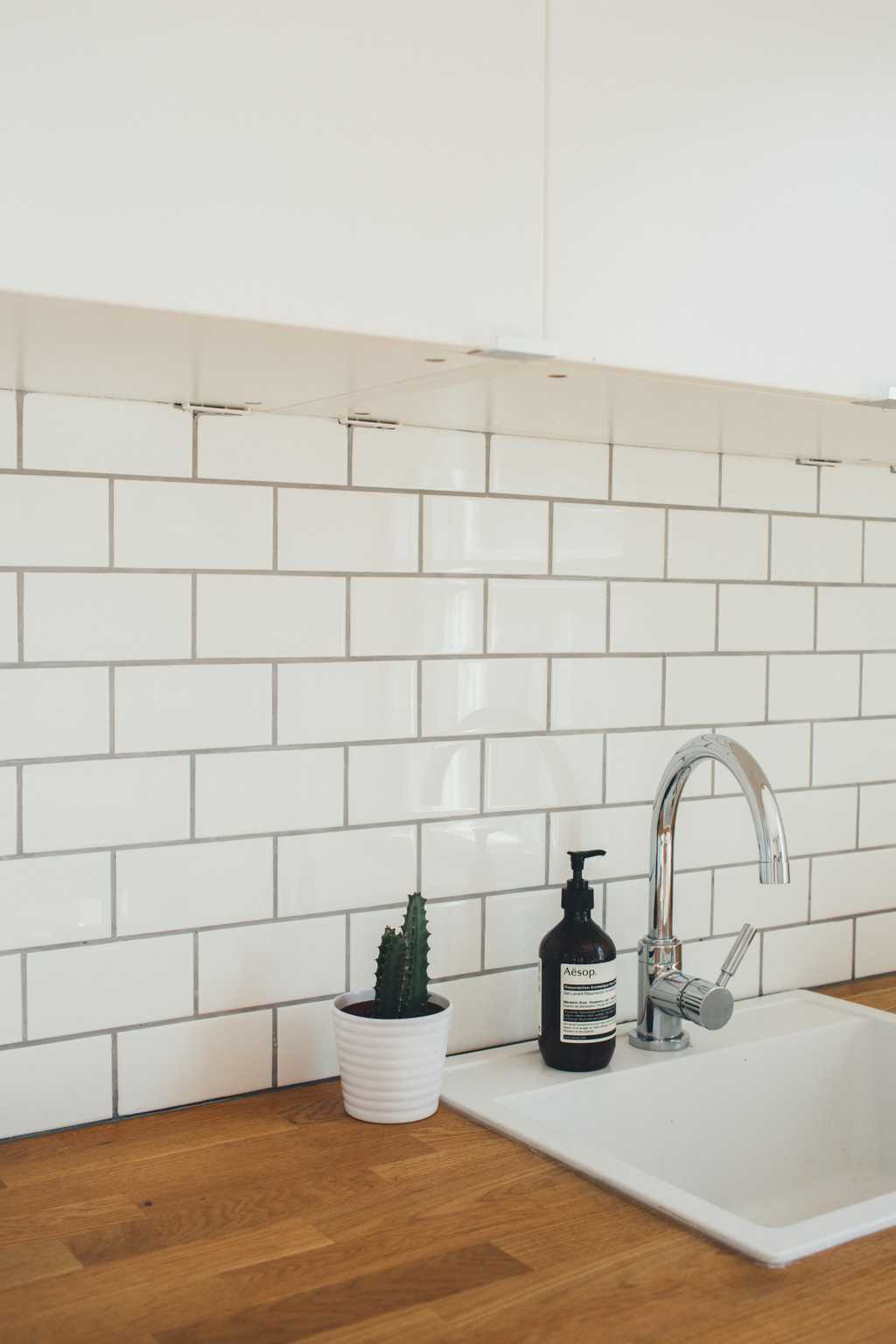





















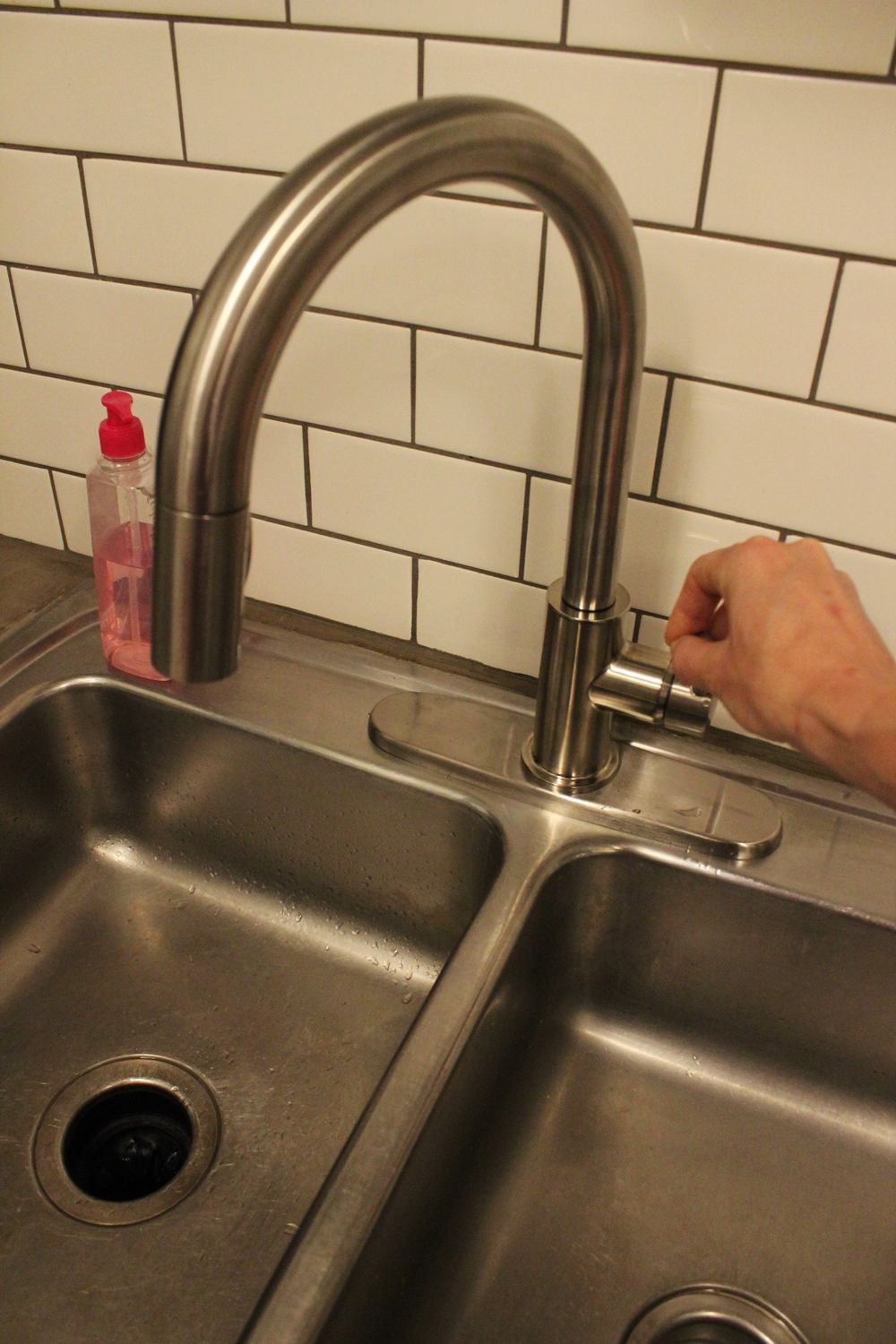
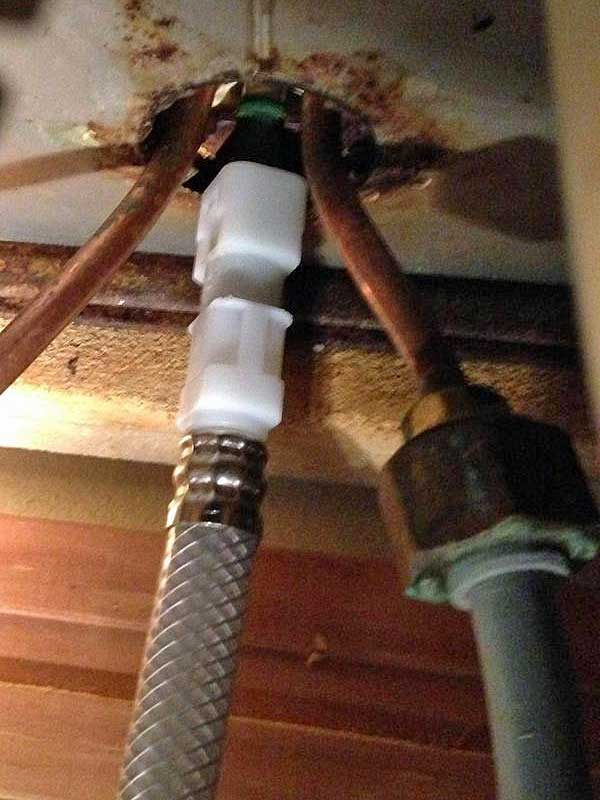





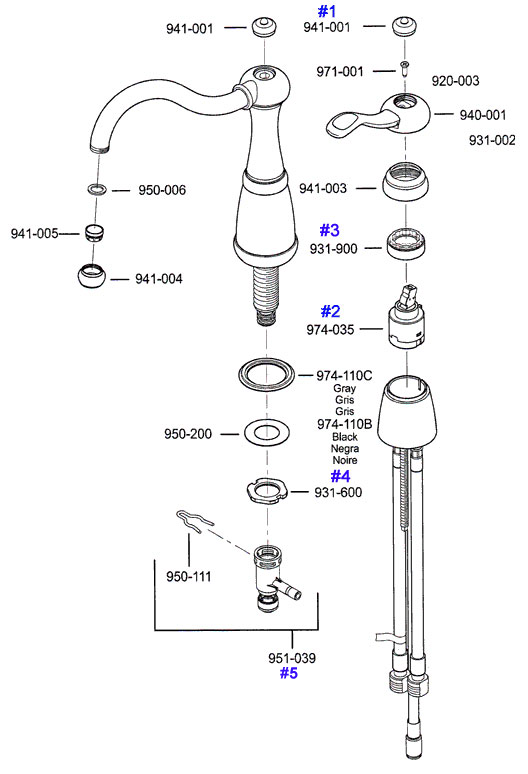




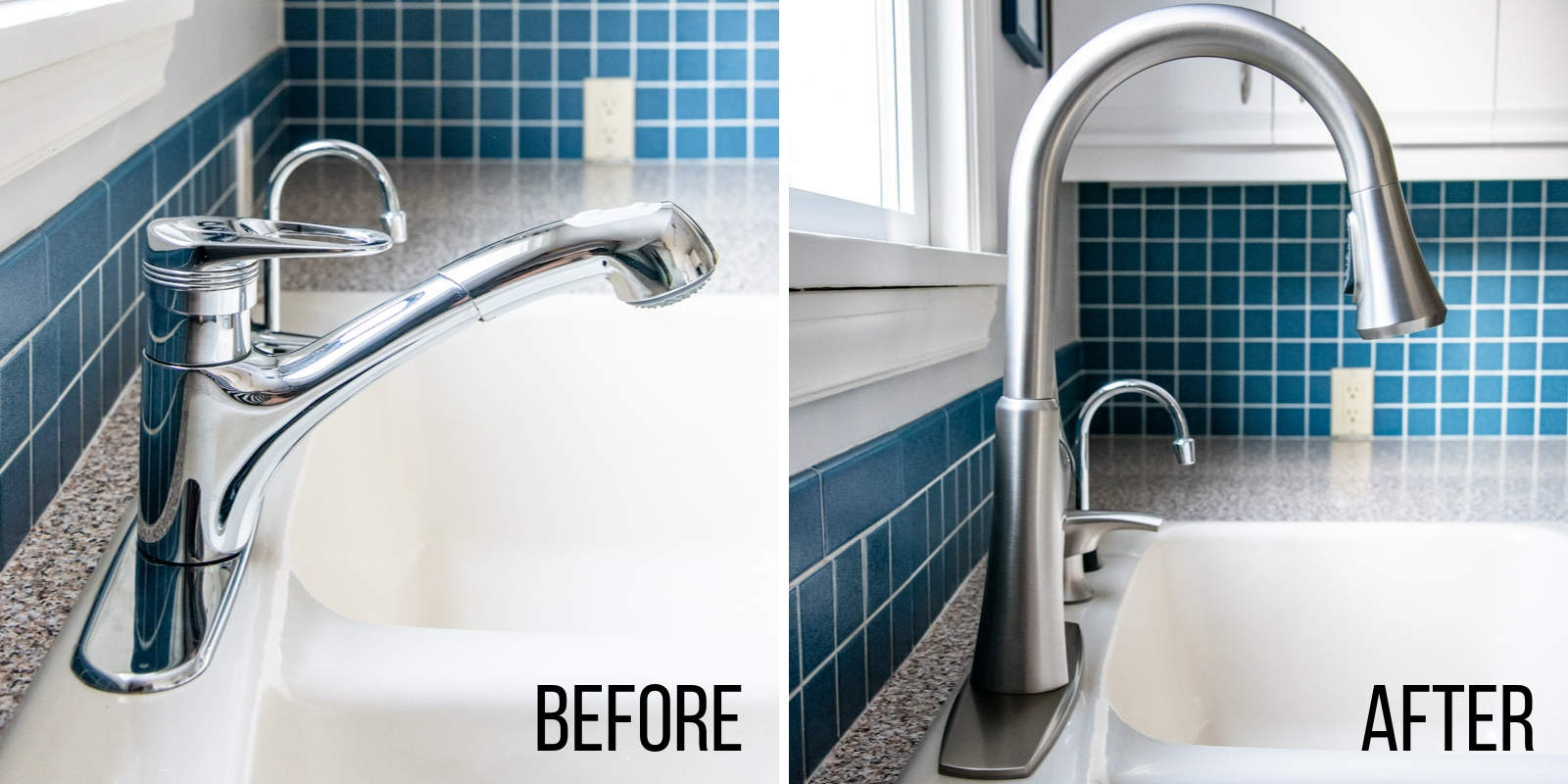









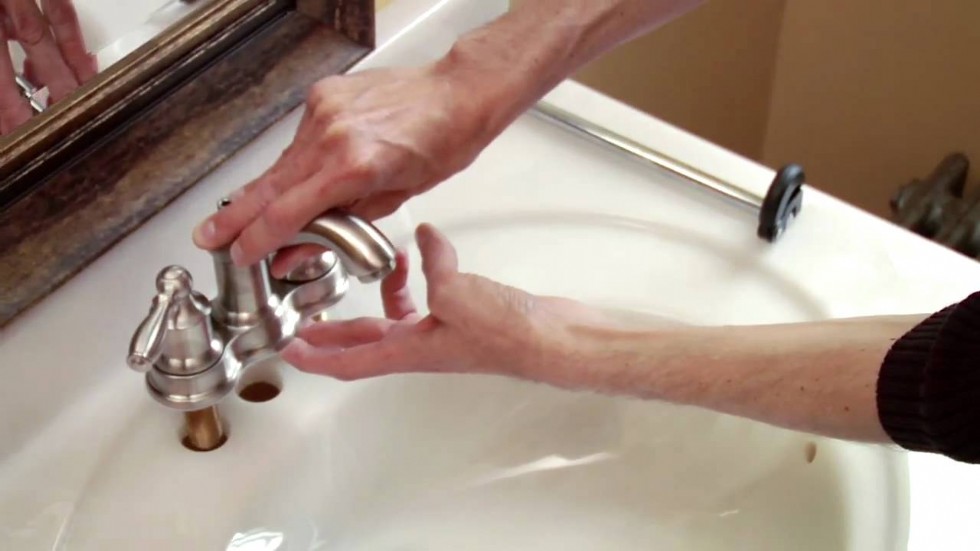









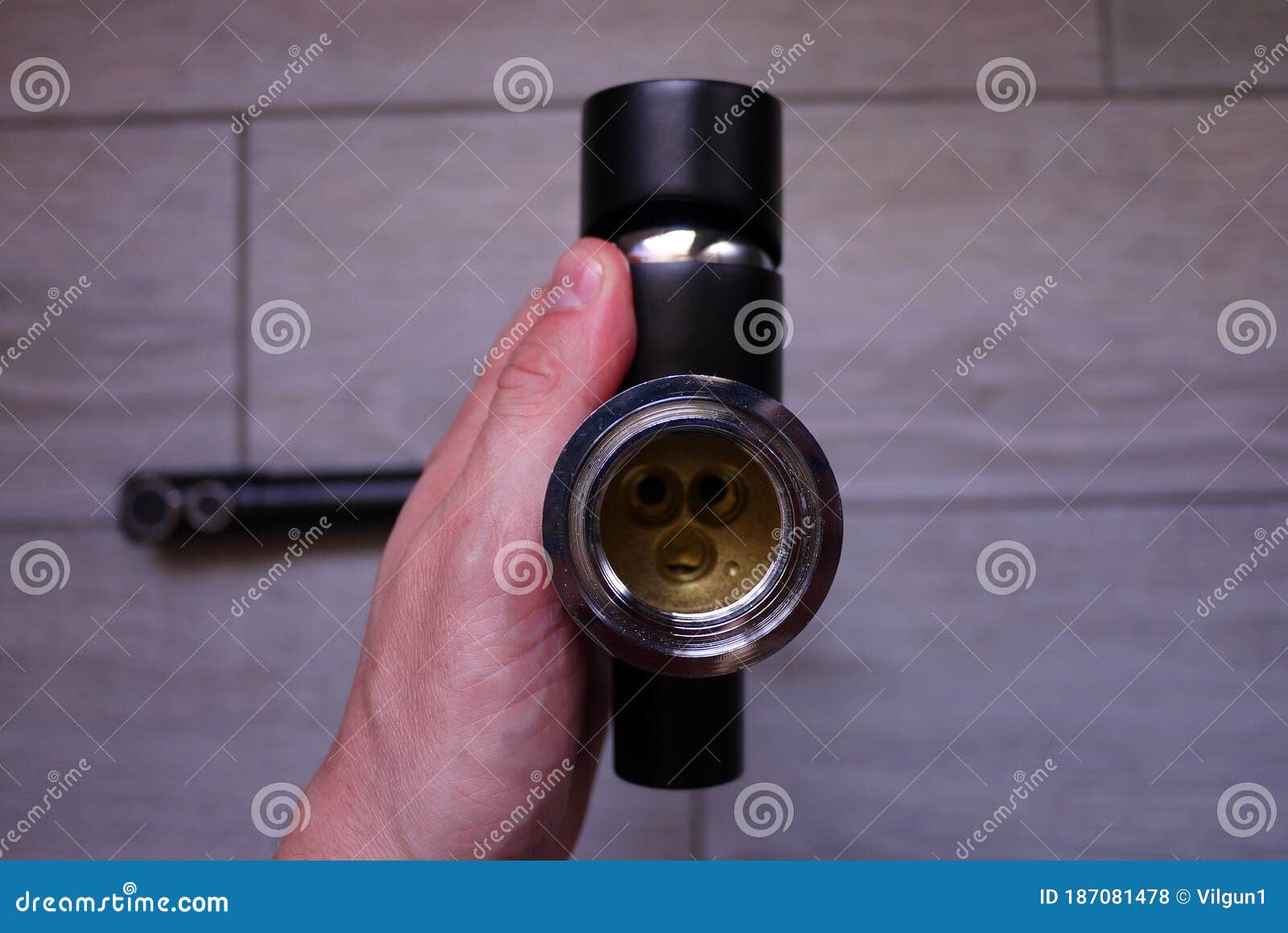

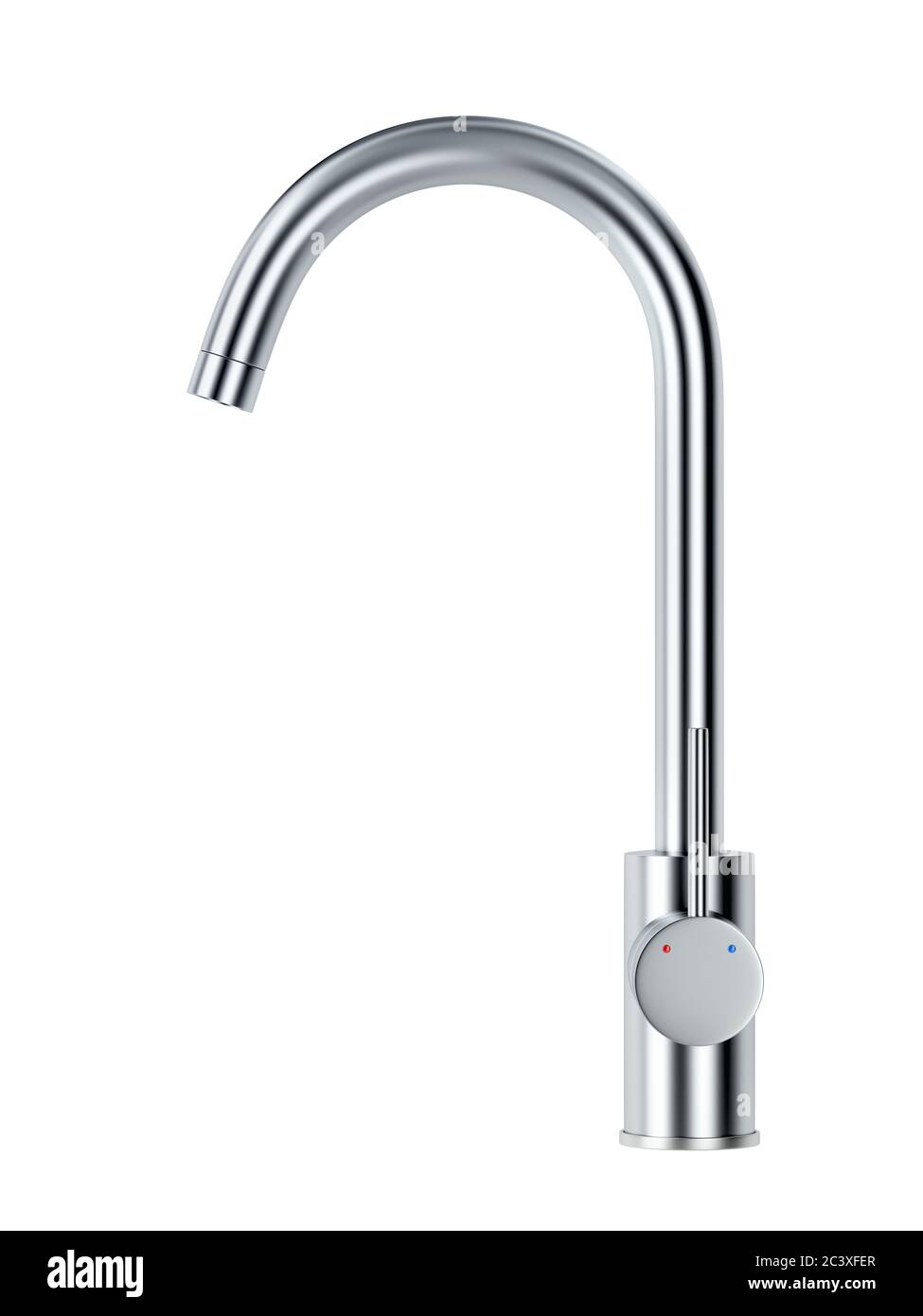


/header-16x19-image-640w-853h.jpg)


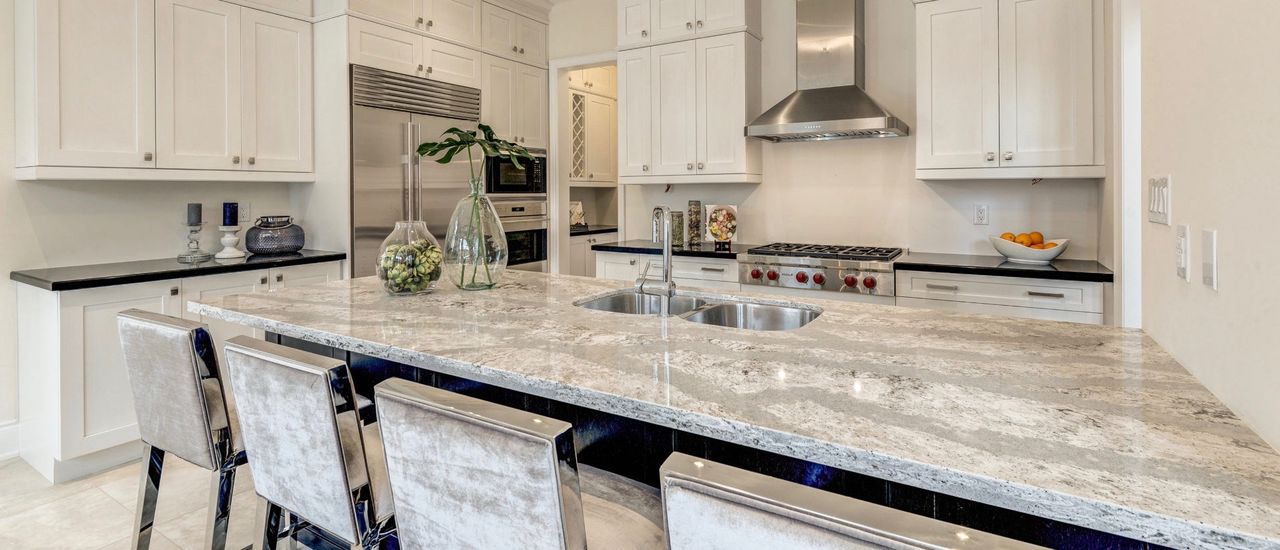
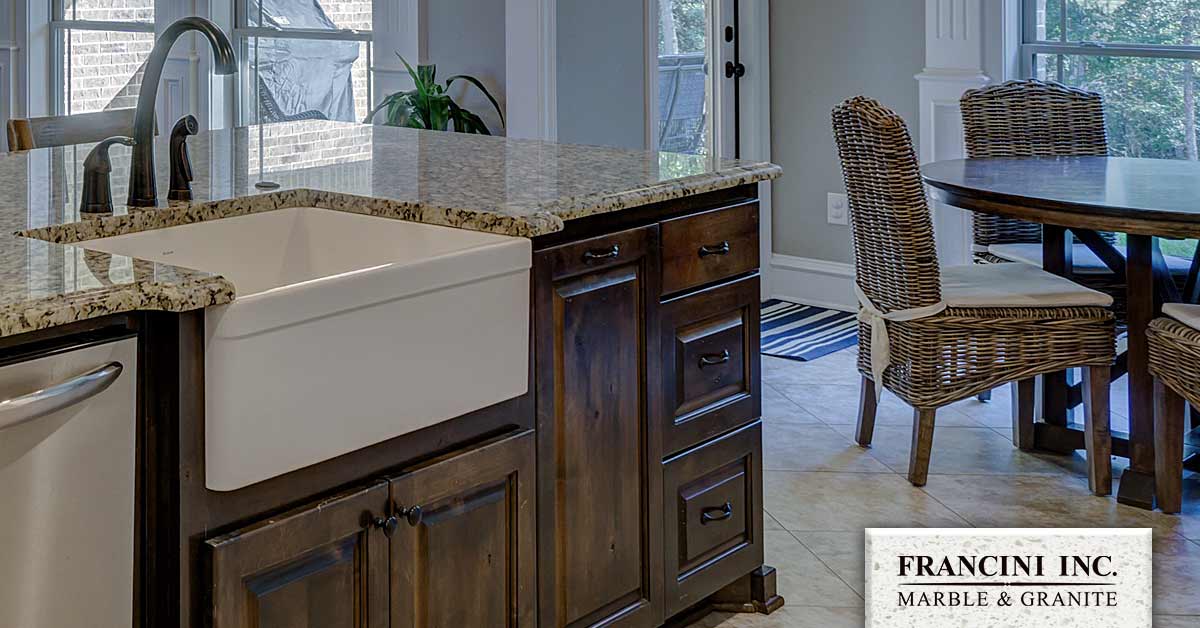
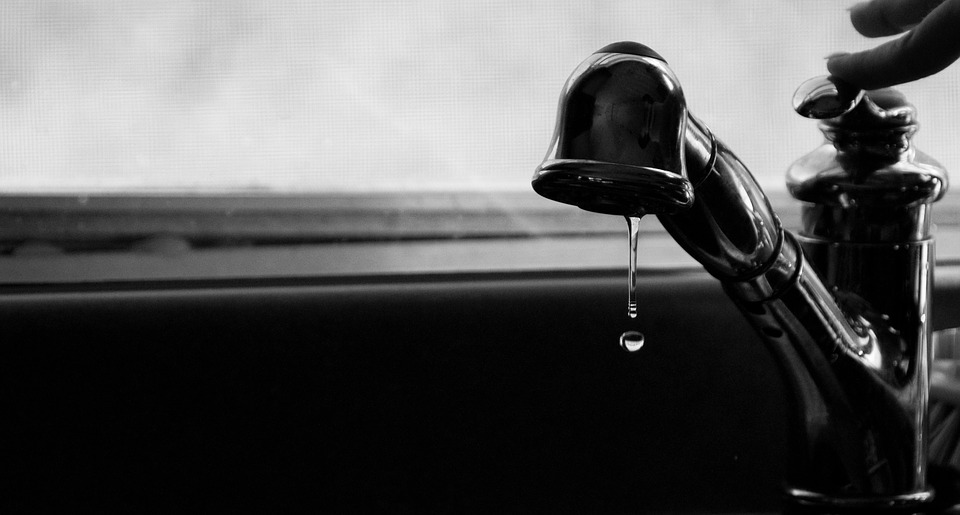


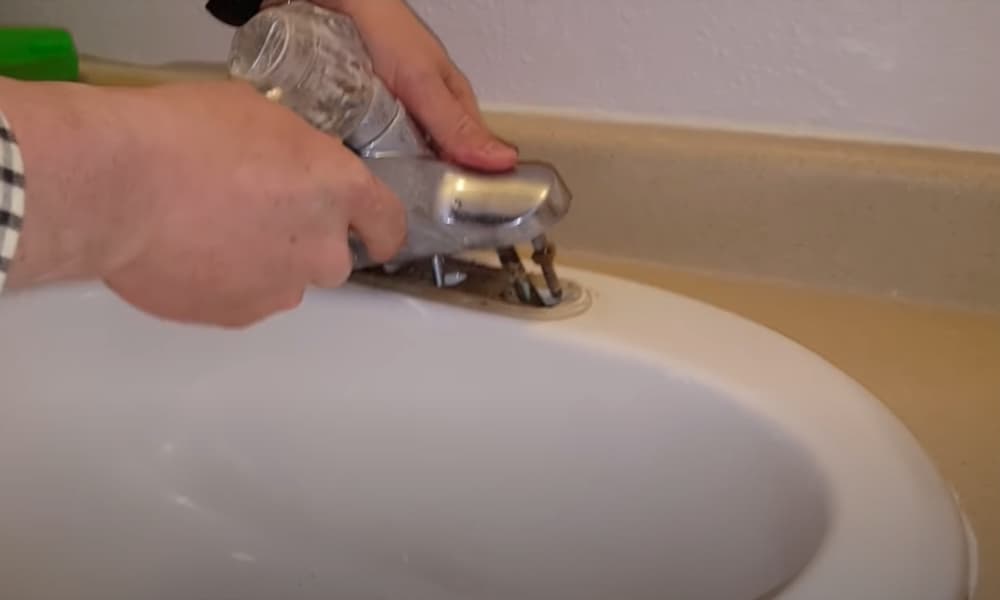


:max_bytes(150000):strip_icc()/how-to-install-a-sink-drain-2718789-hero-24e898006ed94c9593a2a268b57989a3.jpg)



